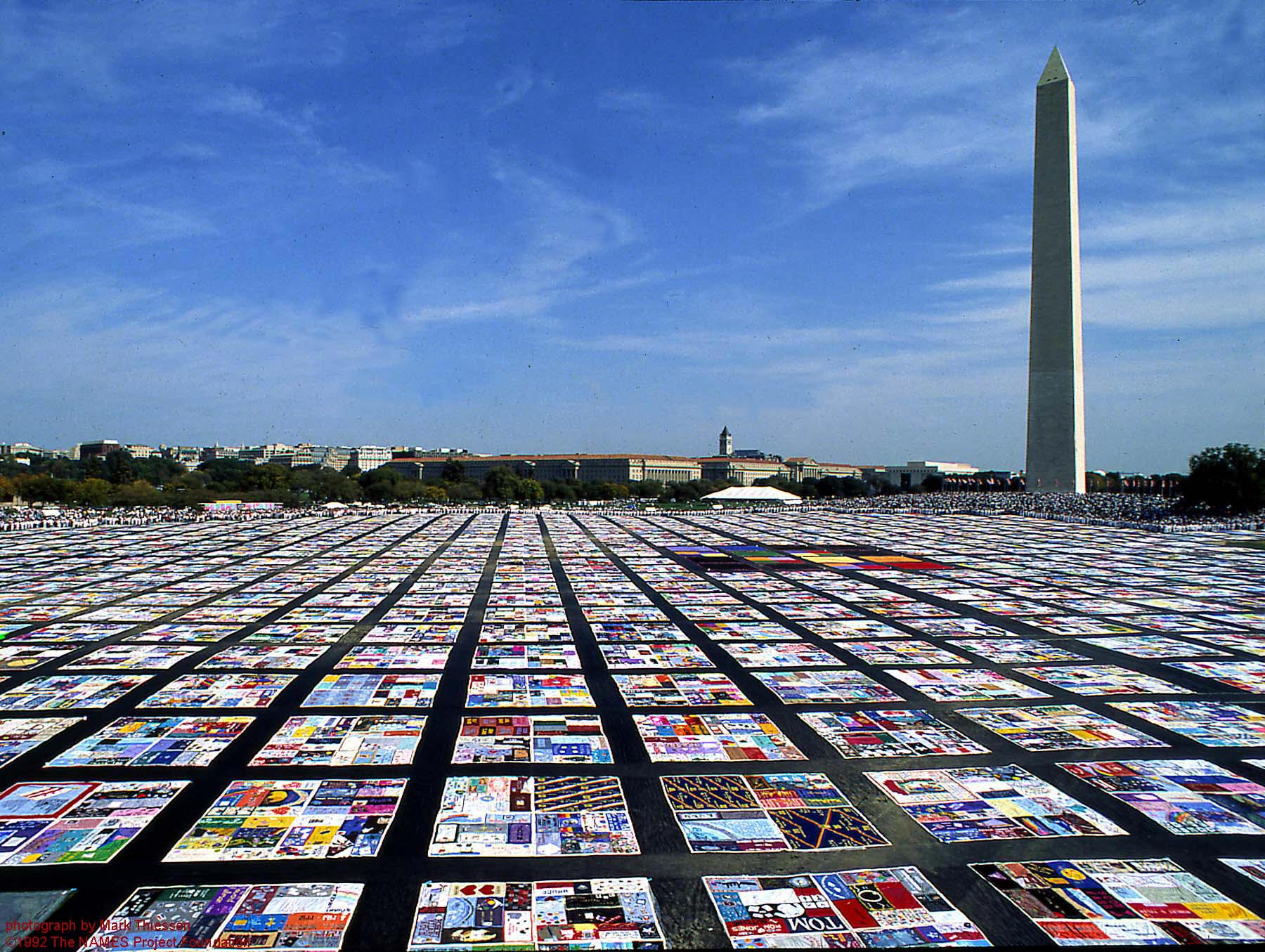AIDS
by Matt

AIDS
Related Nodes
Artifacts
Acquired immunodeficiency syndrome (AIDS) is a condition that can develop in the late stages of a human immunodeficiency virus (HIV) infection. HIV gradually destroys a person’s immune system by destroying a certain type of white blood cell, and people living with HIV find it harder and harder to fight off infection and diseases if they do not receive treatment. AIDS is a set of symptoms caused by the HIV virus. A person is said to have AIDS when their immune system is too weak to fight off infection, and they develop certain defining symptoms and illnesses. This is the last stage of HIV, when the infection is very advanced, and if left untreated will lead to death. HIV is spread primarily via unprotected sex, contaminated blood transfusions, and from mother to child during pregnancy. In 2016, about 36.7 million people were living with HIV and it resulted in 1 million deaths. There is currently no cure or vaccine, but advanced treatments have allowed those living with HIV/AIDS to live a near-normal life.
AIDS was first noticed in the United States in 1981, and New York was affected by the crisis more than any other American city. In New York, AIDS was discovered among gay men in Manhattan, and it became to be described as a “gay plague.” Because the mysterious, newly-discovered disease was initially found in gay men, gay men in New York became more stigmatized than ever. The disease was also prevalent among prostitutes and drug users, and because these early cases emerged in marginalized people, early responses to AIDS were underfunded and uninformed. Due to government inactivity, Manhattan’s gay community, centered in Downtown Manhattan, specifically the West Village, organized help and advocacy groups to fight the epidemic. Activist groups such as ACT UP and Queer Nation arose in Greenwich Village to boldly combat harmful stereotypes pinned on gay men as a result of the AIDS epidemic. AIDS deaths peaked in Manhattan in 1994, by which point almost 50,000 New Yorkers had died from the condition (Murphy).
Bibliography
- Murphy, Tim. “7 New Yorkers Remember the Early Days of the AIDS Epidemic.” Daily Intelligencer, 29 May 2014, nymag.com/daily/intelligencer/2014/05/memories-aids-new-york.html.